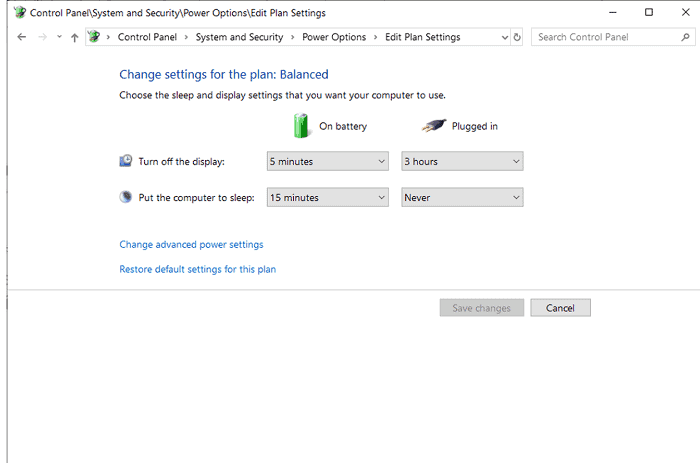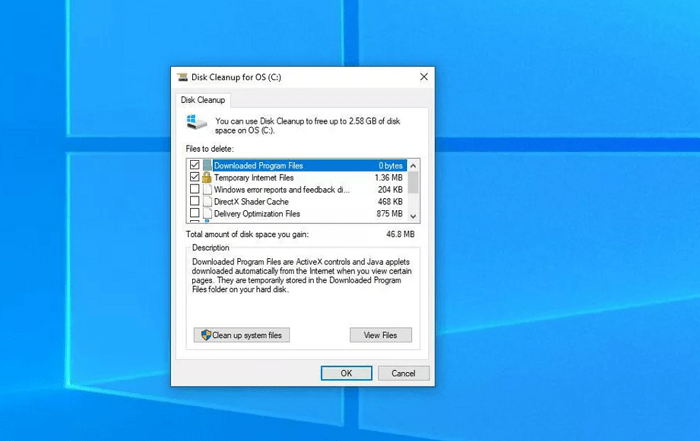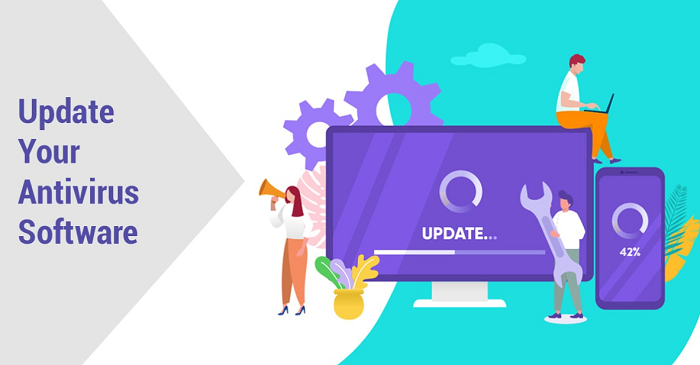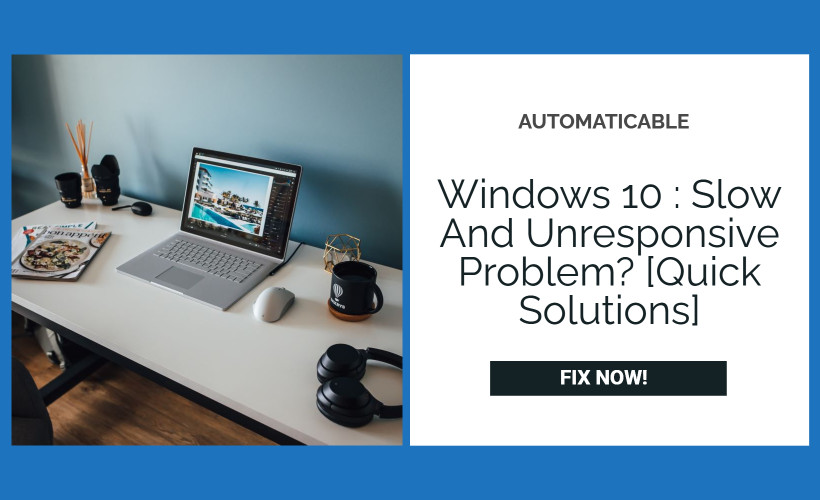Do you have Windows 10 very slow and unresponsive problem? We all must have come across a PC problem for once in our life, which ruins your day with its unresponsiveness and slow processing. Today, we try to optimize the PC and being of the current generation, people generally use windows 10, which is the latest operating system.

Optimizing PC is not a pretty big deal if you are a computer guy. If you are not, then stopping by this article might be the solution to fix your machine’s performance-related issues. These tips might speed up your PC and make it less susceptible to performance and system issues. There is an extra advantage that these tips can be carried out in only a few minutes, which saves your time and the hard cash to be given to a computer technician for the service. Paving the way to solve Windows 10 very slow and unresponsive issue.
See Also: Bluetooth Not Detecting Devices on Windows 10
Table of Contents
How To Fix The Issue?
So, here are the six tips, which are explained in detail in the rest of this article, to solve Windows 10 very slow and unresponsive.
See Also: Computer Restarts Randomly On Windows 1o
Changing Your Power Settings
Windows 10 comes with a bundle of functions that helps in day-to-day tasks. One of them is the power saver plan feature which is used in case of a power outage. There is a power setting that most of us probably must have noticed and kept in the ‘power saver’ plan.

This reduces your PC’s performance and saves the device’s battery. Changing your setting from ‘power saver’ to ‘balanced or high performance in the hardware and sound option of the control panel will give you an immediate result that boosts your PC and thus solves the Windows 10 running slow and unresponsive issue.
Those who find it difficult to get to the power setting can go through this video link: click for the video.
Immobilizing Programs That Operate On Start-Up
To solve Windows 10’s slow and unresponsive, end users are not aware of the applications running in the system in the background. Depending upon the size of the application, they consume vital system resources (CPU, RAM, etc.), which lead to the ‘Windows 10 sluggish’ problem of PC. The applications that run in the background are mostly that we scarcely use or never use. Blocking these applications will make the PC run efficiently. If these applications are freed, then systems performance can be optimized. Let’s see how we can achieve this.

· We can do so by opening the task manager (Ctrl+Shift+Esc)
· Click on ‘More details,’ which will allow the task manager to show complete details of processes going on the computer. There we can find a start-up Tab where we can see the programs and services that launch as soon as we start windows.
· To stop the program from starting at launch, one must right-click on the program and ‘disable’ it. It will only block the selected program from interrupting at the launch of windows.
See also: Windows 10 Update Error 0x8024a105 | 6 Ways To Fix
Turning Off Notification Of Applications
Windows 10 usage is pretty uncomplicated, but what hinders the user is a notification that all the applications send to the desktop, ultimately slowing down the processor. In addition to this, there are tips provided by the windows that are generally of less use.

So, the user can speed up the system by going to settings and clicking on ‘notification and actions’ and move to the notification section and slide the toggle from which says ‘get notifications from apps and another sender.’ With this, the PC might get a load off, and it might get the job done for you and therefore solves the Windows 10 very slow and unresponsive problem.
See Also: Memory Management Error On Windows 10
Cleaning The Hard Disk
If your hard disk space is full or has less space, then there is a big chance that your PC might slow down. This is because there are many unwanted files. We never pay heed to them, and they are just kept for no reason. Cleaning all these files might speed up the performance of the system.

For the first time, shockingly, a valuable underlying instrument called Storage Sense is made in windows 10. So, we go to settings> system> storage and then slide the toggle from off to on. By doing so, the windows will automatically detect the unused files and clean the temporary files. Old recycle bin files. This will boost the system, add more space to the PC, and solve the Why is Windows 10 so slow problem.
See also: Power Surge on USB Port Error in Windows 10 [Fixed]
Disabling The Visual Effects, Shadows, And Animations
The very first thing that comes to mind when visual effects hear is pc games which use animations, shadows, and visual effects at their very best. But this is not it; here, we are talking about the screen saver, wallpaper, etc., which doesn’t hit the performance when the PC is new.

On the contrary, it slows down the system, so it is good to switch them off. It is quite simple to turn it off, type ‘system. cpl’ in the search box and enter. It will launch the system properties dialog box where you have to click the ‘advance tab’ and go to settings in the performance section. There you will see the option “Adjust for best performance,” which you ought to check. And, it turns off all the effects in windows, and the Windows 10 very slow and unresponsive will gets rectified.
See Also : {Fix} : Windows Cannot Find One Of The Files In This Theme
Keeping Antivirus Updated
Nowadays, the most devastating issue on PC is a virus, adware, malware, and bloatware, which we need to clear as soon as we are attacked. So, you have to get an antivirus that can give you an overall check-up of your PC.

Then, you have to run a system scan to find and remove them; otherwise, it can slow down the performance of your system as it takes up the CPU and its resources. But, on the other hand, removing them can significantly improve your PC’s performance.
Conclusion
Just try out these tips and see how much your PC’s efficiency improves once the changes incorporate, and the system reboots. Thus, the Windows 10 very slow and unresponsive problem has been resolved. Please let us know how well it worked out for you. So that we can provide you wit more relevant content.
See also: Discord Won’t Open Error | 4 Easy Ways to Fix

Tony, computing writer at Automaticable, covers laptops, tablets, Windows, iOS. Off-duty, he indulges in comics, gaming, speculative fiction, and excessive Twitter use. Non-nerdy side includes rocking out at concerts and hitting NYC bars.

